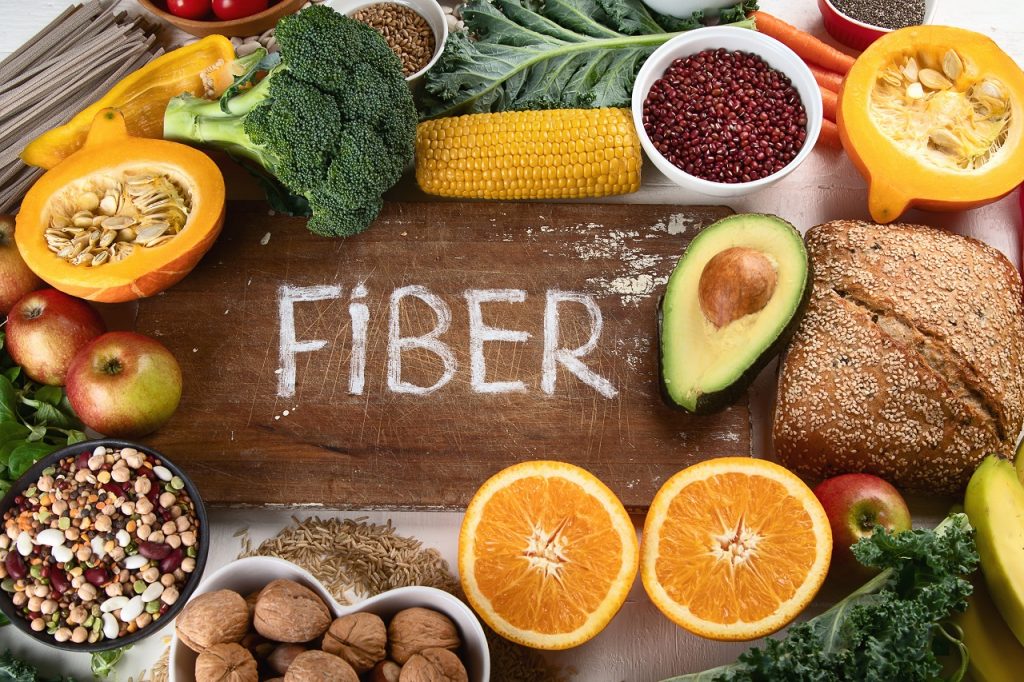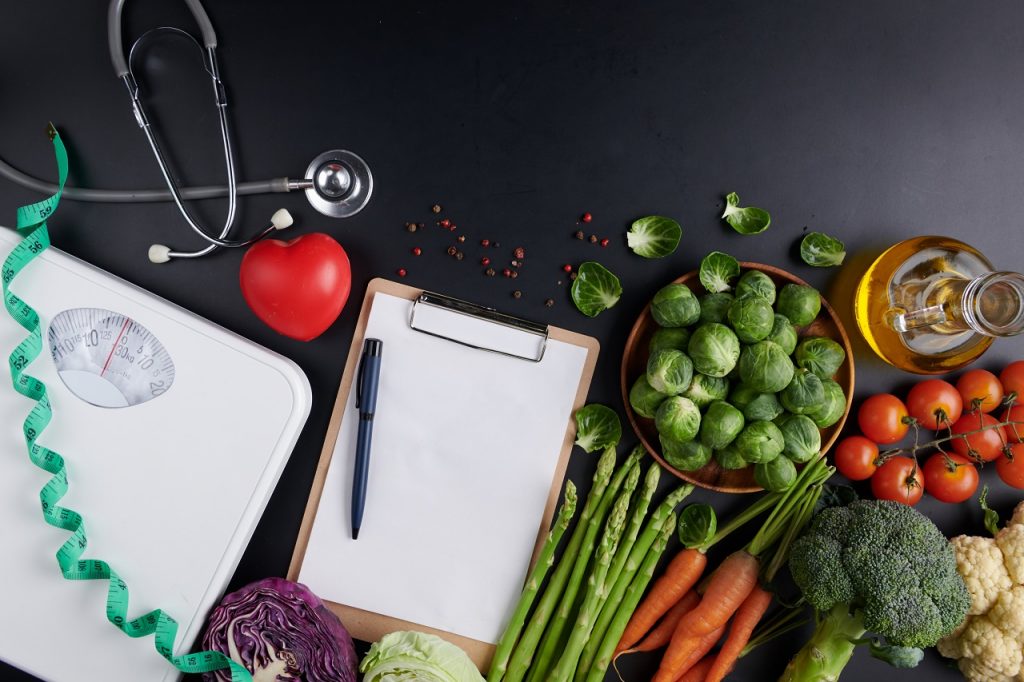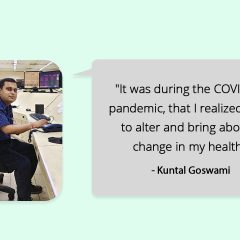 Fiber has a diverse role to play starting from improved laxation and lowering cardiovascular disease risk to weight management. Unhealthy eating patterns and consuming too much of processed foods, have minimized the fiber level in our meals to a bare minimum.
Fiber has a diverse role to play starting from improved laxation and lowering cardiovascular disease risk to weight management. Unhealthy eating patterns and consuming too much of processed foods, have minimized the fiber level in our meals to a bare minimum.
Why Should You Have High Fiber Meals?
- Improves Bowel Health: More fiber in our diet makes the stool bulky. This leads to easy defecation and hence, acts as a natural laxative. Adding fiber to our diet can even help ease conditions such as constipation.
- Controls Sugar Levels: High fiber food causes a slow release of glucose into the bloodstream. Hence, it ensures that the glucose level in the blood doesn’t shoot up instantly. Fiber helps regulate blood sugar levels. Hence, diabetics are often asked to opt for high fiber food rather than refined food.
- Maintains Healthy Body Weight: The satiety center in our brain gets activated after 20 minutes. So when you are eating fast, you tend to eat more without any extra requirement. High fiber meals consume more time as they have to be chewed thoroughly. Hence, the brain has enough time to activate the satiety center. At the same time, high fiber meals are energy dense but low in fat, which also contributes to maintaining healthy body weight.
- Improves Cardiovascular Health: Soluble fiber absorbs the cholesterol in the intestine which is eliminated in the stools and thereby, makes it unavailable for the body. Apart from the cholesterol-lowering effect, it is also found to prevent hypertension and therefore, is also associated with lowering the risk of atherosclerosis, strokes, etc.
- Boosts Immunity: Fiber acts as a prebiotic, which helps in developing a healthy gut microflora in the intestine that contributes to the immune function. Some studies also say that there is more resistance to infection in an individual who consumes high fiber meals.
Given the above benefits, high fiber meals can help you alleviate, control and prevent major lifestyle related diseases. Make sure you include high fiber foods such as whole grains, fruits, vegetables, beans, nuts and seeds, etc. to your diet regularly.
To know which foods you should add to you diet, reach out to a certified expert who will guide you on what to eat as per your health goals, by subscribing for personalized health coaching here.
For more on Nutrition, check out Healthy Reads.
#BeTheForce

 Every nutritionist suggests you improve your fiber intake, particularly because of the role it plays in aiding with fat loss, reducing the risk of coronary heart disease and cancer. It plays a key role in digestive health and creating a sense of fullness, which essentially means that enough fiber can help you lose weight!
Every nutritionist suggests you improve your fiber intake, particularly because of the role it plays in aiding with fat loss, reducing the risk of coronary heart disease and cancer. It plays a key role in digestive health and creating a sense of fullness, which essentially means that enough fiber can help you lose weight!


